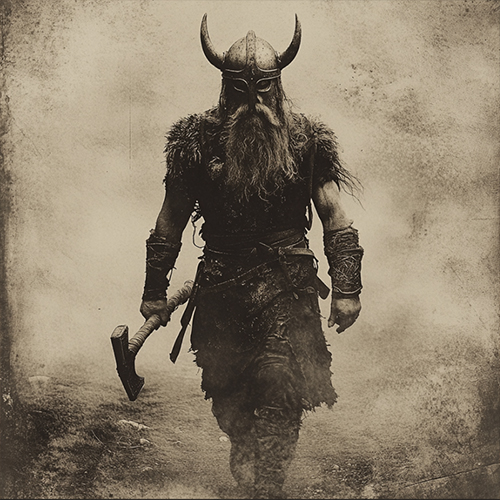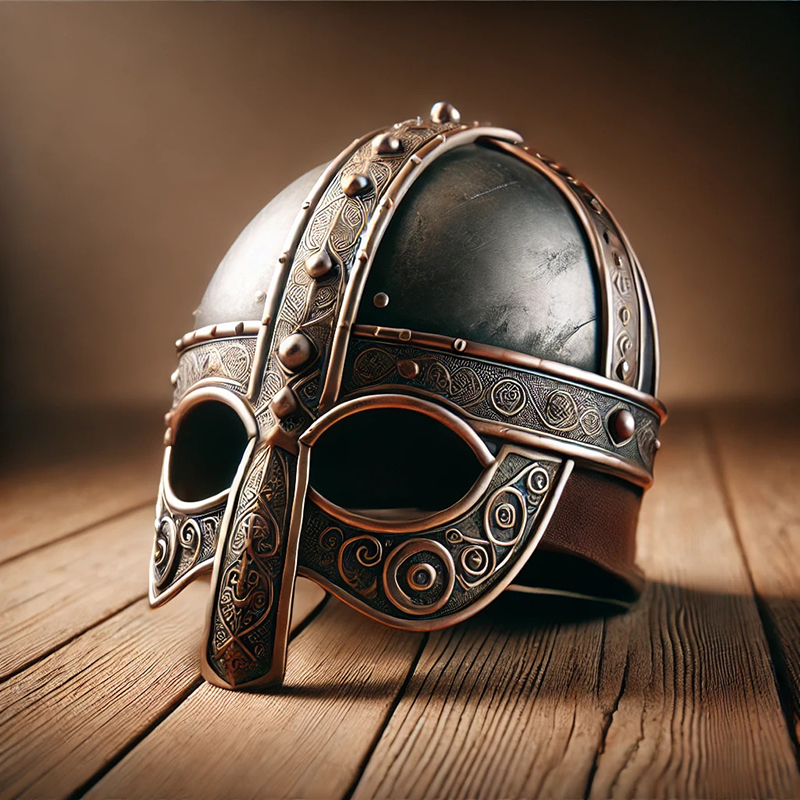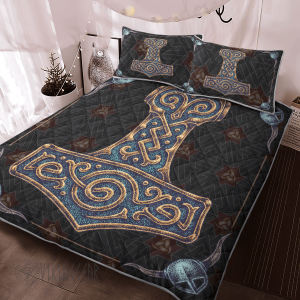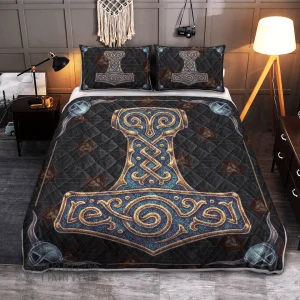Viking Blog
Unveiling the Mystery: What Did a Real Viking Helmet Actually Look Like?
The Viking warrior is a fearsome figure. He wields a battle axe, wears animal furs, and has a horned helmet. This image is a significant part of popular culture. Yet, this iconic portrayal owes more to romanticized fiction than historical fact. The real Viking helmet is a fascinating artifact. It shows the practicality, craftsmanship, and brutal realities of Viking Age warfare. So, what did a genuine Viking helmet actually look like? Let’s delve into the archaeological evidence and separate myth from reality.
Debunking the Myth of Horned Helmets: The Truth About the Real Viking Helmet
A lasting myth about Vikings is their use of horned helmets. This idea comes from 19th-century romanticized depictions. Richard Wagner’s 1876 opera cycle, Der Ring des Nibelungen, is very important. It is notable for its significance. Stage designers wanted drama, so they dressed actors in elaborate horned headgear. This added to their imposing presence.

No evidence supports that Vikings wore horned helmets in battle. Such designs would be very impractical. The horns could snag on weapons, impede movement, and create vulnerabilities in combat. Horned helmets were striking but a hindrance in Viking melee.
Viking helmets were functional and durable, not theatrical. This is clear from the few historical examples we have.
The Gjermundbu Helmet: A Rare Glimpse into the Real Viking Helmet
The Gjermundbu helmet is our best evidence of Viking helmets. Archaeologists found it in 1943 in a burial mound in Gjermundbu, Norway. This is the only Viking helmet ever found that is almost intact. It offers key insights into the design of Viking-era headgear.
Craftsmen made the Gjermundbu helmet of iron. It has a rounded cap and a prominent nasal guard. They protect the wearer’s face and skull. Its dome-like shape, made from riveted iron plates, shows its design’s practicality. It deflected blows from swords, axes, and other weapons. The helmet likely had internal padding for comfort and shock absorption. This would improve its effectiveness in combat.
The Gjermundbu helmet’s design shows it was a tool for survival on the battlefield. It presents a strong contrast to the ornamental, horned helmets of modern culture.

Viking Helmet Design and Materials
The Gjermundbu helmet helps us understand how Vikings likely made their helmets. These helmets, usually crafted from iron, required considerable time and effort to create. They were luxury items for wealthy warriors, chieftains, and other elites. Poorer Vikings and common foot soldiers may have used leather caps or no head protection at all.
Viking helmets had a domed shape to deflect strikes. They also had a nasal guard for more facial protection. Some may have added cheek guards or a neck plate, though they were rare. The skill needed to forge these helmets shows Viking artisans’ advanced metallurgy.
Metal helmets served a practical purpose while also signaling status. Wealthy owners might have adorned their helmets with engravings or designs. These would reflect their rank or achievements. Yet, these embellishments were modest. They were nothing compared to modern media’s exaggerated depictions of Viking helmets.

Symbolism and Ceremonial Uses
Vikings did not wear horned helmets in battle. Some Viking-era artifacts, like ceremonial headpieces and carvings, have horned or animal motifs. People see these images as symbolic or ceremonial, not as daily armor. For example, horns might signify strength or aggression. They could also show divine favor. This aligns with Norse spiritual and mythological beliefs.
In Norse mythology, headgear often holds symbolic significance. Odin, the chief god, often wears a helm or crown. This shows that helmets can symbolize power and authority. These associations may have influenced the romanticized image of Vikings that persists today.
Dispelling Popular Misconceptions
Despite evidence debunking the myth of horned helmets, it thrives in popular culture. From movies, TV shows, and sports mascots, horned helmets are a symbol of Viking identity. They are everywhere, though they are inaccurate.
This vivid depiction, though striking, distorts Viking society’s history. The truth about Viking helmets shows they were practical, resourceful people. They valued function and toughness over showiness.
The Legacy of Viking Helmets
The Gjermundbu helmet and other Viking-era helmet fragments connect us to the past. They showcase the skill of Viking artisans. These helmets are not war artifacts. They show a culture that thrived in a harsh, unforgiving land.
As we research, we may find new details about Viking helmets and their role in society. The Gjermundbu helmet is a reminder of the Viking Age. It shows their practicality, craftsmanship, and ingenuity.

Conclusion
The real Viking helmet stands in stark contrast to the horned creations of legend. These helmets were vital tools for survival. They reflected the Vikings’ mastery of metalworking and their understanding of battle’s demands. The artisans forged them with precision and practicality. These artifacts show us the true legacy of the Vikings. It is one of resilience, innovation, and a pragmatic approach to life and war.




I have a real copy, made by one that grew up on the farm Gjermundbu